1. why do drugs work?
1.1. Langley and Ehrlich's receptor hypothesis
1.2. Fischer's Lock and Key hypothesis
1.3. Koshland's "induced fit" hypothesis
1.3.1. initial binding
1.3.2. change in receptor or drug structure
1.3.3. receptor is flexible
2. Drug target classes
2.1. receptors
2.1.1. G-protien coupled receptors
2.1.2. Tyrosine-Kinase coupled receptors
2.1.3. Steroid hormone receptors
2.2. enzymes
2.3. ion channels
2.3.1. voltage gated
2.3.2. ligand gated
2.4. transport (membrane) proteins
2.4.1. facilitated diffusion
2.4.2. active transport
3. Factors governing drug action
3.1. affinity
3.2. intrinsic activity
4. Modes of drug-receptor interaction
4.1. agonist
4.1.1. binds to receptor and simulate
4.1.2. have both affinity and intrinsic activity
4.1.3. types
4.1.3.1. full agonist
4.1.3.2. partian agonist
4.2. antagonist
4.2.1. only affinity, no intrinsic activity
4.2.2. bind to receptor but no response
4.2.3. types
4.2.3.1. competitive antagonist
4.2.3.2. non-competitive / irreversible antagonist
4.3. Inverse antagonist
4.3.1. eliminates constitutive receptor activity
4.3.2. has affinity and negative intrinsic activity
4.3.3. example: propranolol (beta receptor antagonist)
